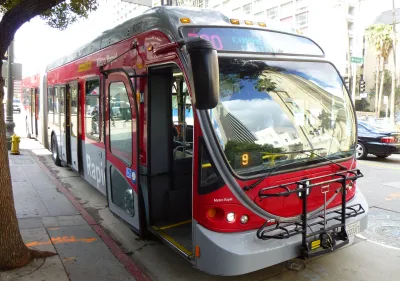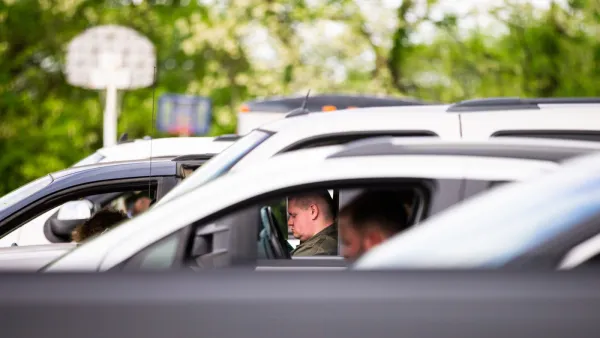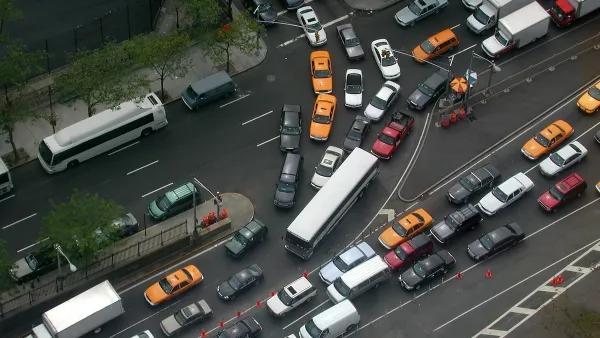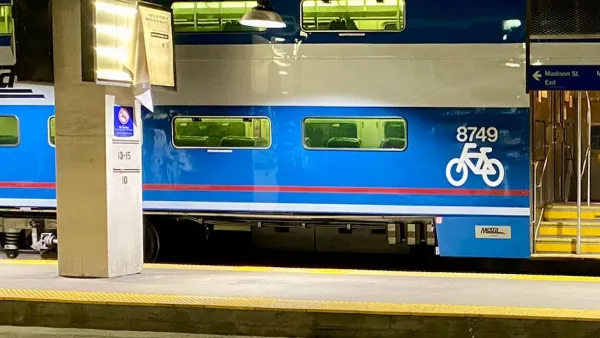While much attention is focused on new technologies, the potential of existing transportation modes has never been fully realized.

"The tools we need to change transportation are right there in front of us," writes Henry Grabar. He argues that it is not the new, flashy technological innovations and visions—the hyperloops and self-driving cars—that are going to improve mobility. Instead, revisiting the technologies we already have, such as elevators and bikes, are what will truly transform the world.
"The bus is another overlooked piece of technology that could do far more. In most American cities, buses are hard to depend on because they run infrequently, slowly, and often on routes that are holdovers from streetcar systems abandoned decades ago. Give a bus its own lane, its own route, its own authority over signals, and it can permit car-free land use to flourish alongside," urges Grabar.
The issue ultimately is about cities designed for and prioritizing cars and driving. "Even here, in a nation of unprecedented personal wealth and plentiful land, the car-centric system has pushed up against the limitations of space, proving expensive to maintain and impossible to scale," says Grabar.
FULL STORY: The Hyperloop and the Self-Driving Car Are Not the Future of Transportation

National Parks Layoffs Will Cause Communities to Lose Billions
Thousands of essential park workers were laid off this week, just before the busy spring break season.

Retro-silient?: America’s First “Eco-burb,” The Woodlands Turns 50
A master-planned community north of Houston offers lessons on green infrastructure and resilient design, but falls short of its founder’s lofty affordability and walkability goals.

Delivering for America Plan Will Downgrade Mail Service in at Least 49.5 Percent of Zip Codes
Republican and Democrat lawmakers criticize the plan for its disproportionate negative impact on rural communities.

Test News Post 1
This is a summary

Test News Headline 46
Test for the image on the front page.

Balancing Bombs and Butterflies: How the National Guard Protects a Rare Species
The National Guard at Fort Indiantown Gap uses GIS technology and land management strategies to balance military training with conservation efforts, ensuring the survival of the rare eastern regal fritillary butterfly.
Urban Design for Planners 1: Software Tools
This six-course series explores essential urban design concepts using open source software and equips planners with the tools they need to participate fully in the urban design process.
Planning for Universal Design
Learn the tools for implementing Universal Design in planning regulations.
EMC Planning Group, Inc.
Planetizen
Planetizen
Mpact (formerly Rail~Volution)
Great Falls Development Authority, Inc.
HUDs Office of Policy Development and Research
NYU Wagner Graduate School of Public Service





























